Le 4 novembre, l’association suisse des géologues CHGEOL a organisé un symposium sur la géothermie intitulé «Géothermie: Quo Vadis?». Les acteurs de la géothermie – industrie, académie, administration fédérale et milieu politique – se sont réunis pour faire l’état des lieux de la géothermie en Suisse et pour débattre des voies à suivre dans le futur. Weiterlesen
Schlagwortarchiv für: énergie
Ein Spaziergang durch 80 Millionen Jahre Erdgeschichte
Bis in eine Tiefe von fast 1400 Metern hat die Nagra in der Nähe von Bülach gebohrt. Einen Ausschnitt des Bohrkerns hat die Nagra nun in einer Industriehalle in Döttingen präsentiert. Er zeigt Gesteinsmaterial aus der späten Trias- und anschliessenden Jurazeit. Ende Oktober konnten die Mitglieder der Fachgruppen Sicherheit der drei Regionalkonferenzen Jura Ost, Nördlich Lägern und Zürich Nordost einen Blick darauf werfen.




 1 Vote(s), Durchschnitt: 5,00
1 Vote(s), Durchschnitt: 5,00Depuis le 3 novembre dernier, le domaine du pompage-turbinage dispose d’un forum international. Suite à une initiative du Département de l’énergie américain et de l’International Hydropower Association, le forum regroupe à ce stade onze pays, dont la Suisse, et une soixantaine d’entreprises et organisations spécialisées de tous les continents. Weiterlesen




 Noch keine Bewertungen
Noch keine BewertungenAufladen an der Stromtankstelle: Jetzt ist auch die Preistransparenz geregelt
Wer ein Elektro-Auto hat, lädt es meist zu Hause oder am Arbeitsplatz. Das zeigen Umfragen. Was, wenn man mal auswärts das Fahrzeug aufladen muss? Die Karte auf der Webseite «ich-tanke-strom.ch» zeigt, wo es Strom gibt. Weiterlesen




 3 Vote(s), Durchschnitt: 5,00
3 Vote(s), Durchschnitt: 5,00Der Treibstoffverbrauch von Personenwagen (PW) liegt erfahrungsgemäss deutlich über den Herstellerangaben. Diese Abweichung zwischen «Etikette» und «Strasse» gilt für fossile Antriebe mit Benzin und Diesel – sie gilt aber gleichermassen für neue elektrische, teilelektrische und andere alternative Antriebe, wie eine neue Studie von ETH Zürich und Empa zeigt. Die Erkenntnisse helfen, wirklichkeitsnahe Szenarien zu Verbrauch und Emissionen der Schweizer PW-Flotte zu erstellen. Weiterlesen




 Noch keine Bewertungen
Noch keine BewertungenA l’heure actuelle, force est de constater qu’un nombre croissant d’entreprises tendent à communiquer chacun de leurs moindres faits et gestes bénéfiques pour l’environnement ou pour la société. Cette tendance – comparable à des pratiques marketing – est d’ailleurs bien percevable dans l’augmentation des rapports durables publiés par les sociétés (hausse de 400% entre 2011 et 2019). Weiterlesen




 2 Vote(s), Durchschnitt: 5,00
2 Vote(s), Durchschnitt: 5,00Comment améliorer le rendement des moteurs Diesel et les rendre plus propres
Installés dans les voitures de tourisme et les véhicules utilitaires, les moteurs Diesel rendent de bons et loyaux services depuis des décennies. Cependant, leur impact environnemental fait actuellement l’objet d’un débat animé. La société FPT Motorenforschung AG à Arbon (TG) souhaite poursuivre l’amélioration du moteur Diesel dans la mesure où il manque encore des alternatives équivalentes pour les véhicules utilitaires et les machines lourdes. Dans un projet de recherche financé par l’Office fédéral de l’énergie, les ingénieurs de la société FPT ont démontré des technologies pour augmenter son rendement et réduire davantage les émissions d’oxyde d’azote. Weiterlesen




 Noch keine Bewertungen
Noch keine BewertungenNur ein Bruchteil des Schweizer Gebäudebestands wird jedes Jahr erneuert und dabei in Teilen oder als Ganzes energetisch modernisiert. Bei Fassaden liegt die Sanierungsquote lediglich bei einem Prozent. Das ist zu wenig, um das grosse Einsparpotenzial im Gebäudepark mittelfristig umzusetzen und die Ziele der Energiestrategie 2050 zu erreichen. Doch wie kommt die energetische Erneuerung des Gebäudebestands vom Fleck? Die Tagung des Vereins «Building and Renewable Energies Network of Technology (BRENET)» suchte Anfang September in Aarau nach Antworten. Weiterlesen




 Noch keine Bewertungen
Noch keine BewertungenIm August 2019 hat der Bundesrat das ‹Netto null›-Ziel formuliert: Im Jahr 2050 soll die Schweiz nicht mehr Treibhausgase ausstossen, als natürliche und technische Speicher aufnehmen können. Um diese strategische Vorgabe zu erreichen, müssen in der Schweiz unter anderem rund 30’000 fossile Feuerungen pro Jahr ersetzt werden (aktuell sind es 10’000 pro Jahr). Einen Beitrag zur Dekarbonisierung der Energieversorgung kann der klimaneutrale Energieträger Holz leisten. Weiterlesen




 Noch keine Bewertungen
Noch keine BewertungenCher OFEN: Les bâtiments de la Confédération répondent-ils à des exigences énergétiques?
L’Office fédéral de l’énergie répond chaque année à des centaines de courriers de citoyens. Sur energeiaplus.com, nous en présentons quelques-uns sous le mot-clé „Cher OFEN…“. Aujourd’hui, Madame P. de Lausanne nous a demandé si un bâtiment dont le maître d’ouvrage est la Confédération, devait répondre à certaines exigences énergétiques d’exemplarité, de la même manière que les cantons (ex: équivalence Minergie ECO). Weiterlesen




 Noch keine Bewertungen
Noch keine BewertungenKontakt
Bundesamt für Energie
Pulverstrasse 13
3063 Ittigen
Postadresse:
Bundesamt für Energie
3003 Bern
Telefonnummern:
Hauszentrale +41 58 462 56 11
Pressestelle +41 58 460 81 52
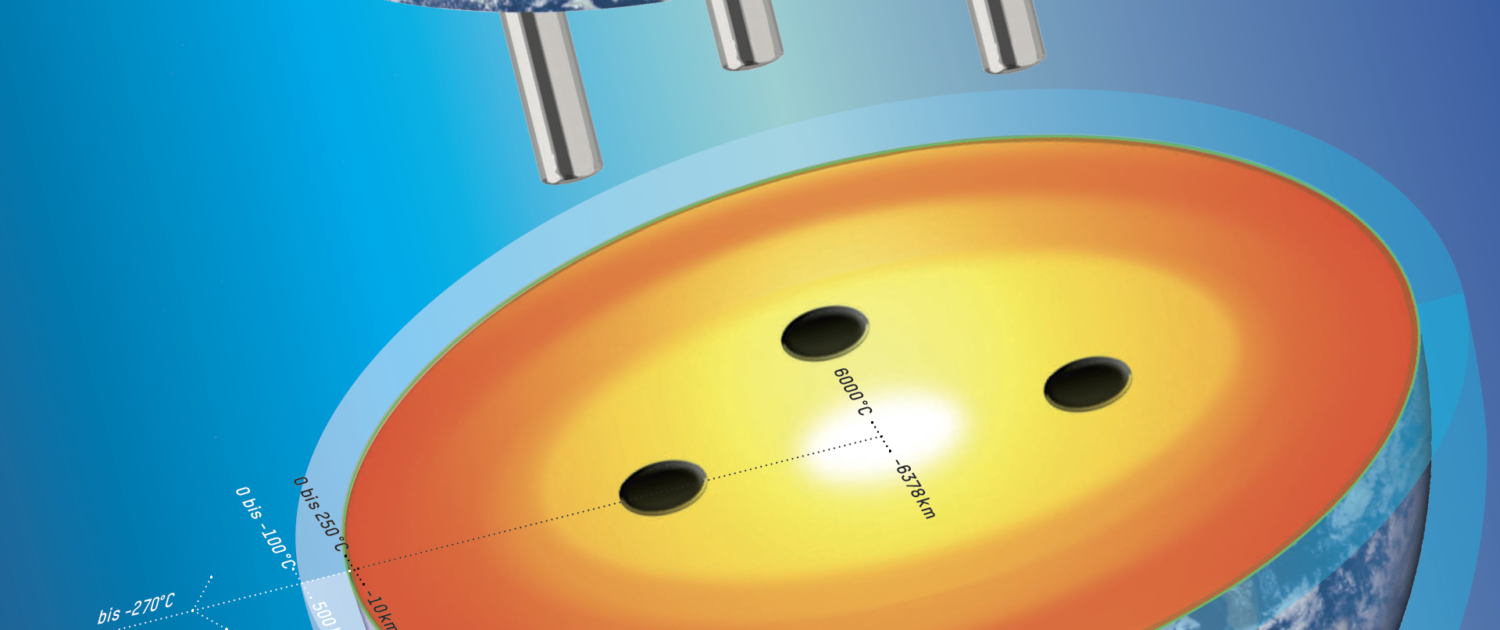 CHGEOL
CHGEOL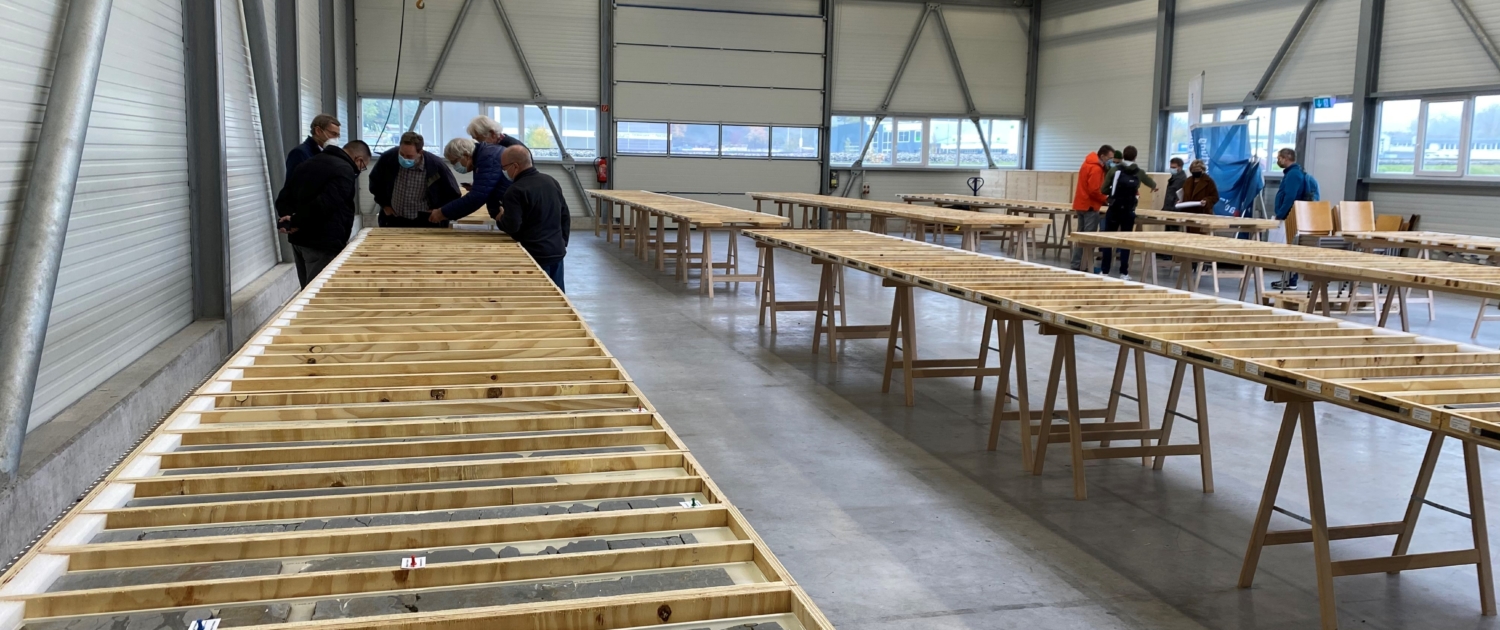 BFE
BFE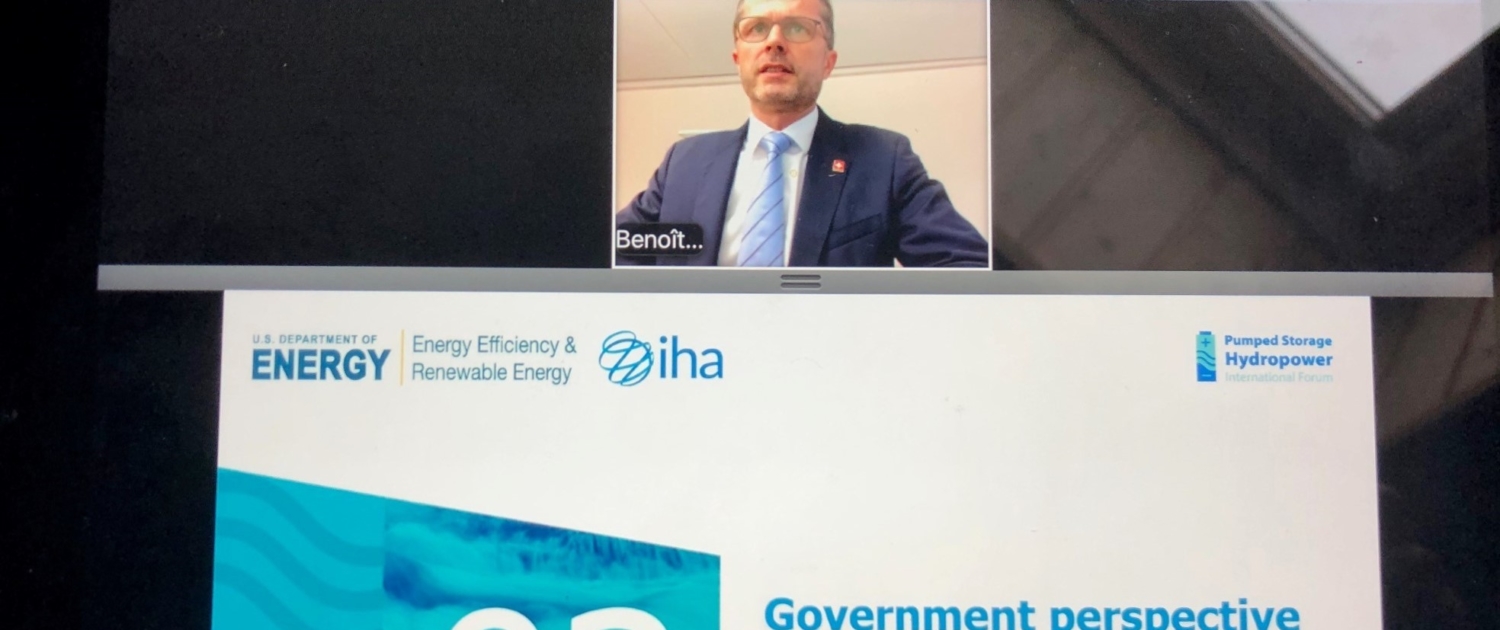 BFE
BFE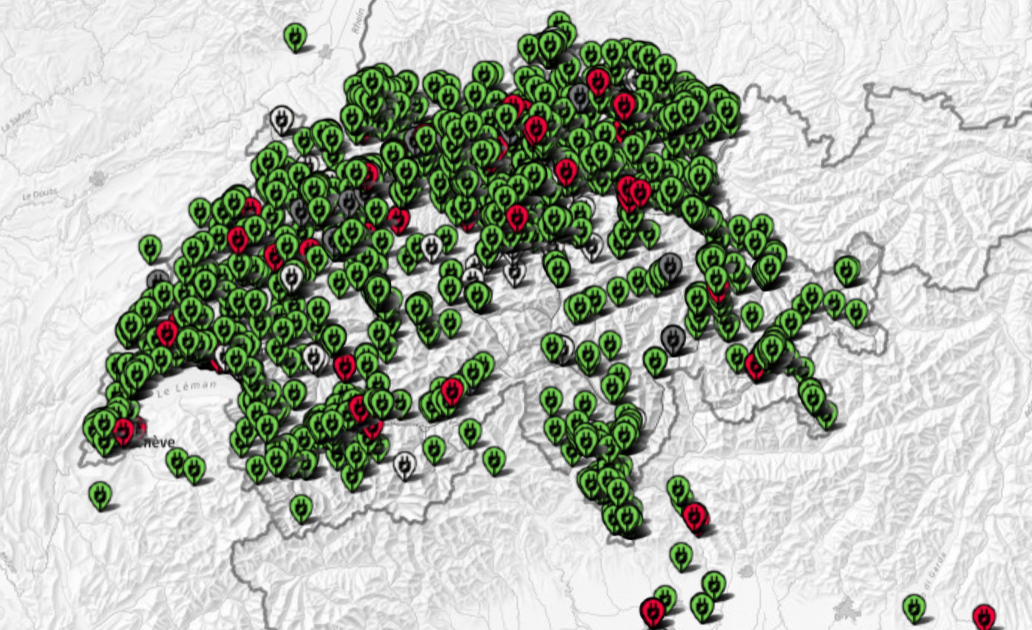 swisstopo
swisstopo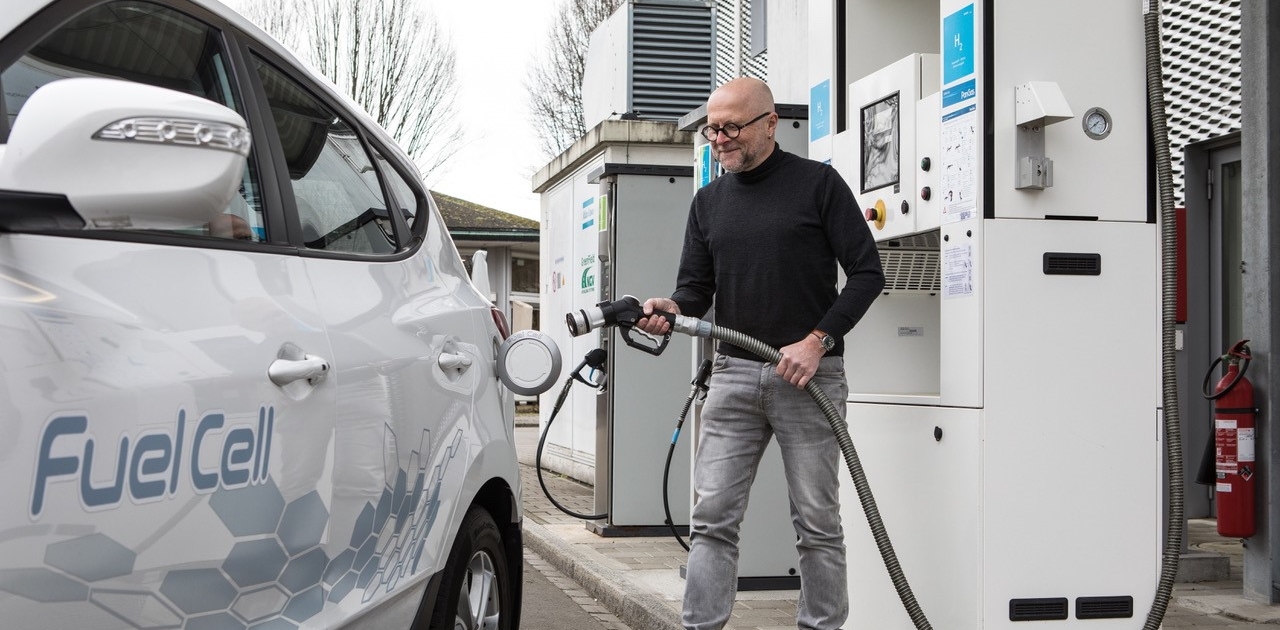 Empa
Empa
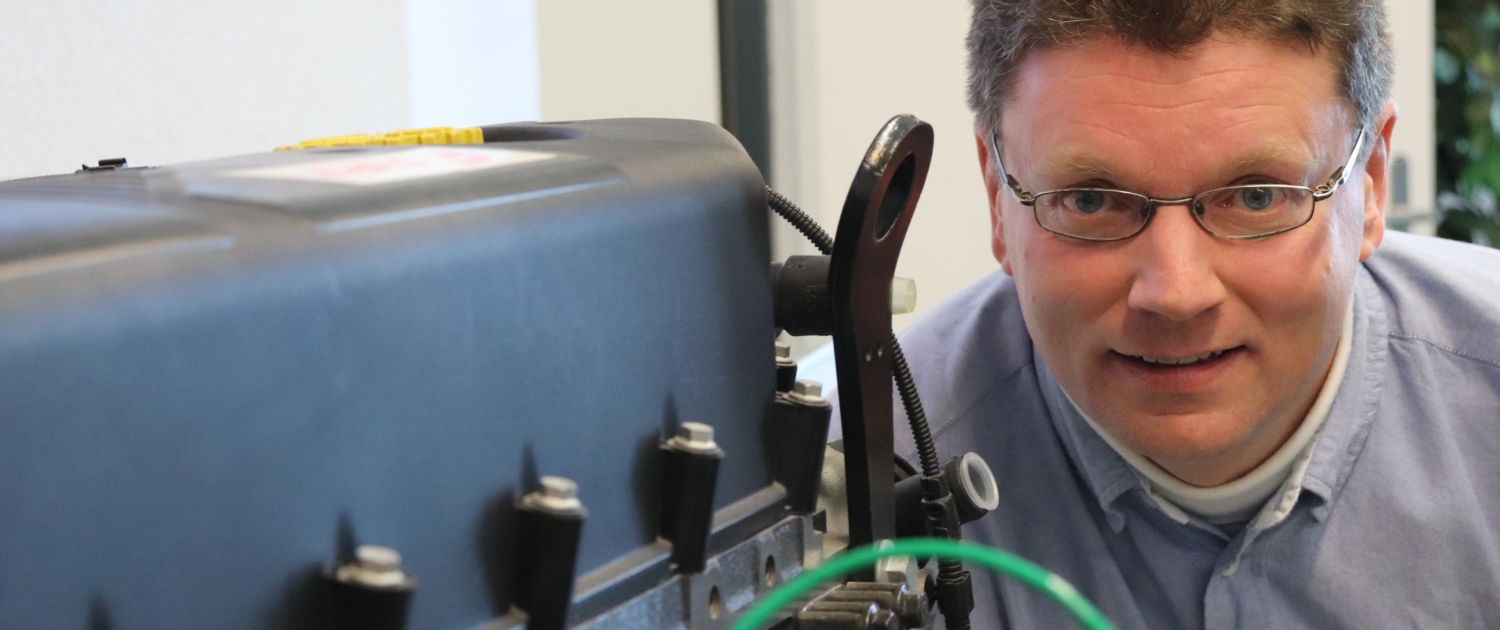 B. Vogel
B. Vogel Shutterstock
Shutterstock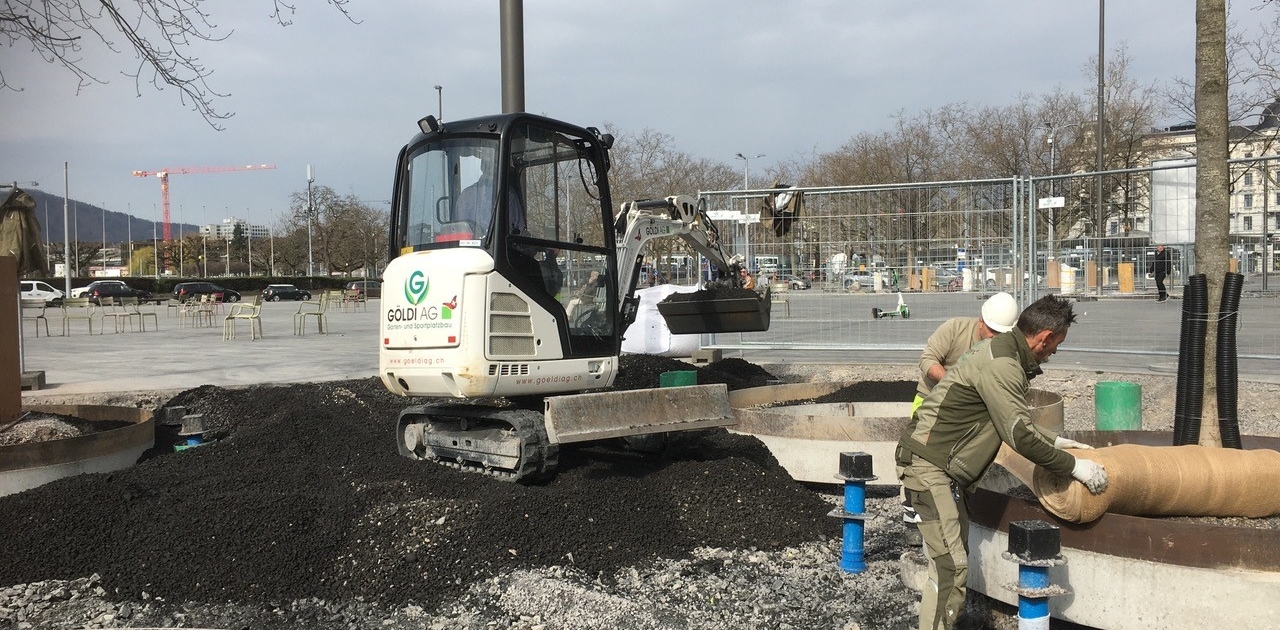 Benedikt Vogel
Benedikt Vogel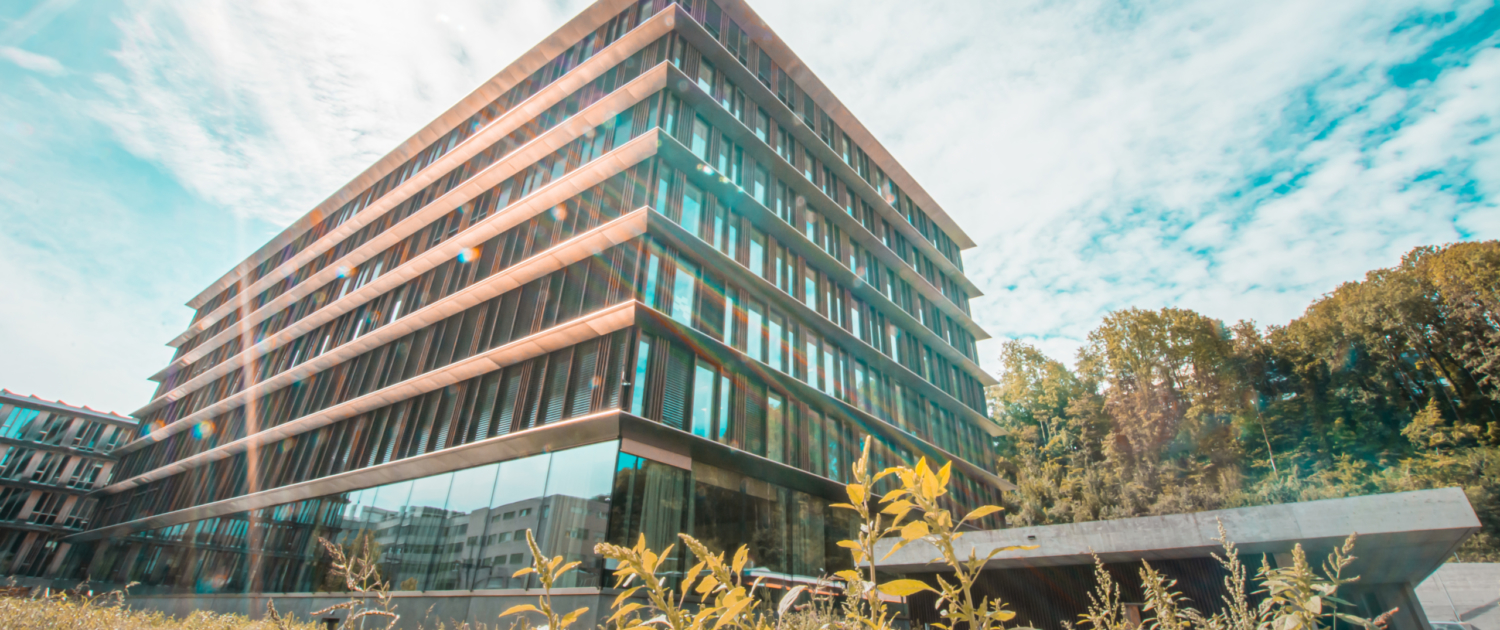 BFE
BFE